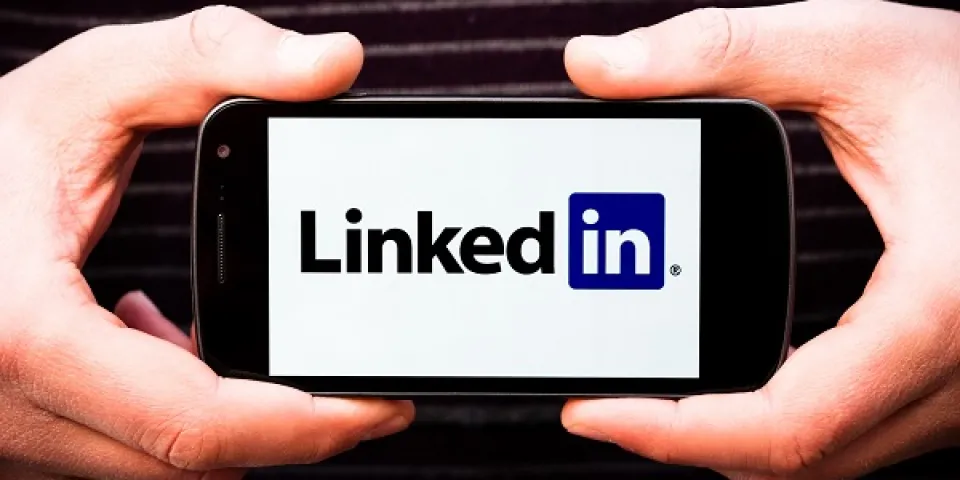Latest 
 Career Development Denise Alexander
Career Development Denise Alexander
Recent Blog Posts


With more than 500 million registered users, and two new members joining every second, LinkedIn is the world's largest professional social media network and a powerful tool in a candidate's job hunting arsenal.
LinkedIn profiles are widely accepted as a “virtual business cards” that also help users easily share information about their work history, education and professional interests. One of LinkedIn’s newest features is the “Professional Portfolio,” which allows individuals to showcase examples of their work and experience.
Here’s how you can use your LinkedIn portfolio to improve your job search:
Digital portfolios are particularly valuable for individuals who are new to the job market or looking to establish themselves in a different career. Many hiring managers report that they rely on LinkedIn as a method to verify past employment and confirm the skills listed on an applicant’s resume. By including examples of your work, you can demonstrate that you have the skills and experience necessary to perform required job duties, even if you have not held a similar position previously.
Adding to your portfolio is quite simple. Click the “pencil” icon at the top of each section to upload documents, presentations, audio and video files, as well as link to external content. Be sure to give each file a meaningful title before uploading and add a description that identifies the particular skill you aim to demonstrate. For example, if a user was discussing his project management skills, he might include a copy of a project plan that he produced within the description of that skill.
It is important to have the right academic and industry credentials, and your LinkedIn portfolio can help you further distinguish your accomplishments from those of other applicants. For example, once you’ve identified your university under “Education,” you can add examples of work that you created as a student, such as a senior project or an article that you wrote for the school newspaper. You can also identify certifications or awards that you received and supplement that information with a link or image to the association’s website.
Requesting endorsements for your skills and uploading personal recommendations from professors or colleagues are also great ways to differentiate your profile.
Sharing examples of your work can help employers see the potential value you can bring to their organization. Adding presentations (through SlideShare) and videos will also help make your profile more visually appealing. Employers will be able to see that you not only have the skills and experience that they’re looking for but that you also produce quality work with a unique style. Your LinkedIn portfolio will help employers get a better understanding who you are and if you are the right fit for the position.
LinkedIn can be a positive addition to the tools you use in your job search. Having a detailed and professional portfolio can help set yourself apart from other potential applicants. By including examples of your work, you can make your LinkedIn profile an even more effective tool for developing your career.
BLS pay estimates calculate the median annual wage for various occupations. Per the BLS the median wage for an occupation is: "The wage at which half of the workers in the occupation earned more than that amount, and half earned less. Median wage data are from the BLS Occupational Employment and Wage Statistics survey." Bureau of Labor Statistics (BLS), U.S. Department of Labor, Occupational Outlook Handbook 2024. BLS median wage estimates do not represent entry-level wages and/or salaries. Multiple factors, including prior experience, age, geographic market in which you want to work, and degree level and field, will affect career outcomes, including starting salary and earnings as an experienced employee. Herzing neither represents that its graduates will earn the median salaries calculated by BLS for a particular job nor guarantees that graduation from its program will result in a job, promotion, particular wage or salary, or other career growth.
Get the latest news you need to know, from study hacks to interview tips to career advancement. Have it delivered right to your inbox biweekly.